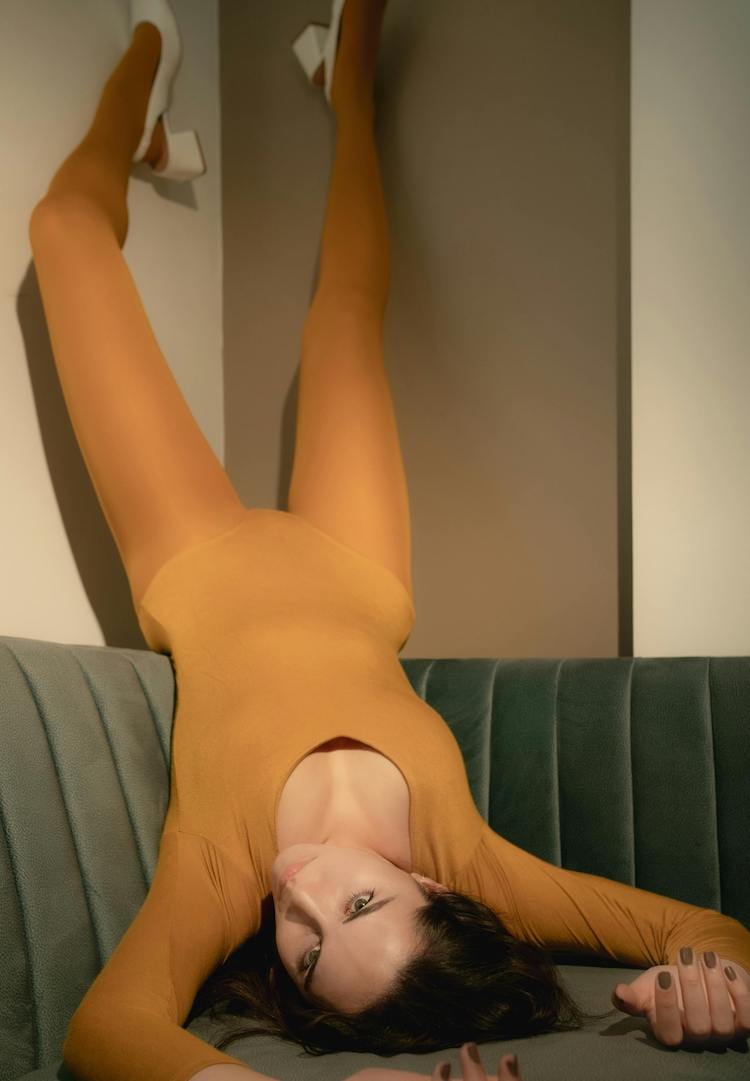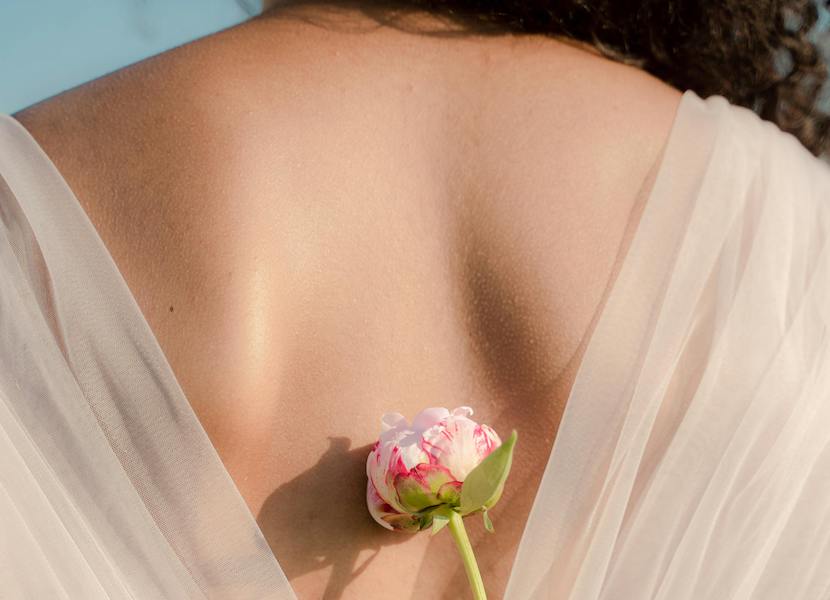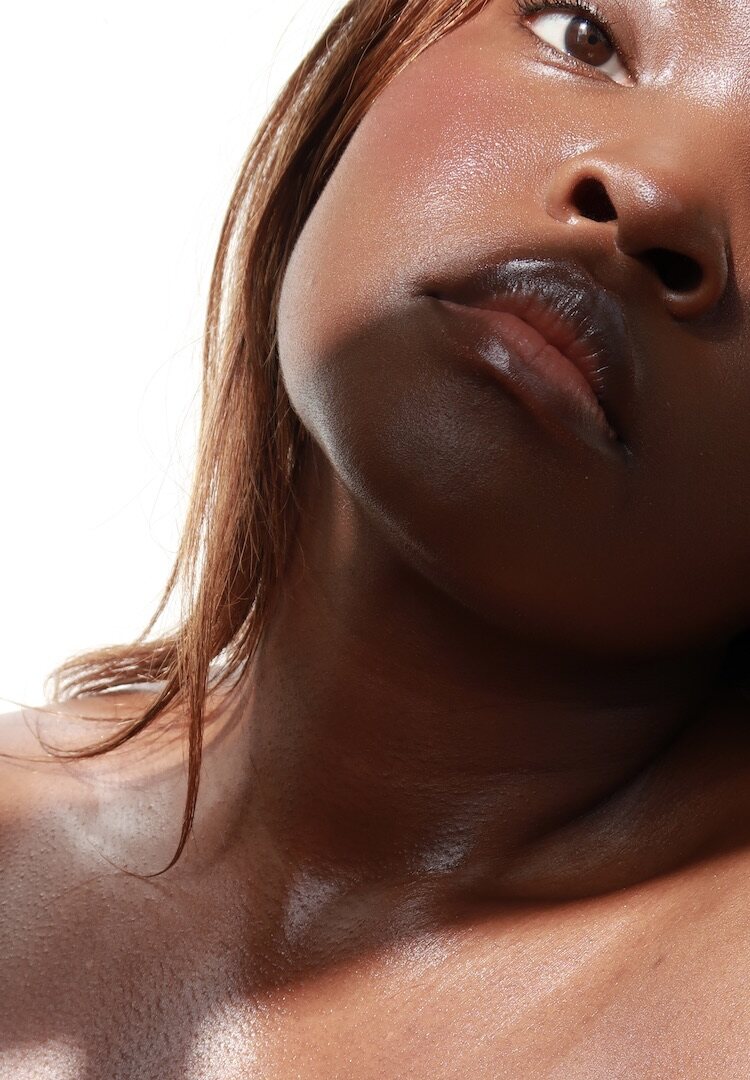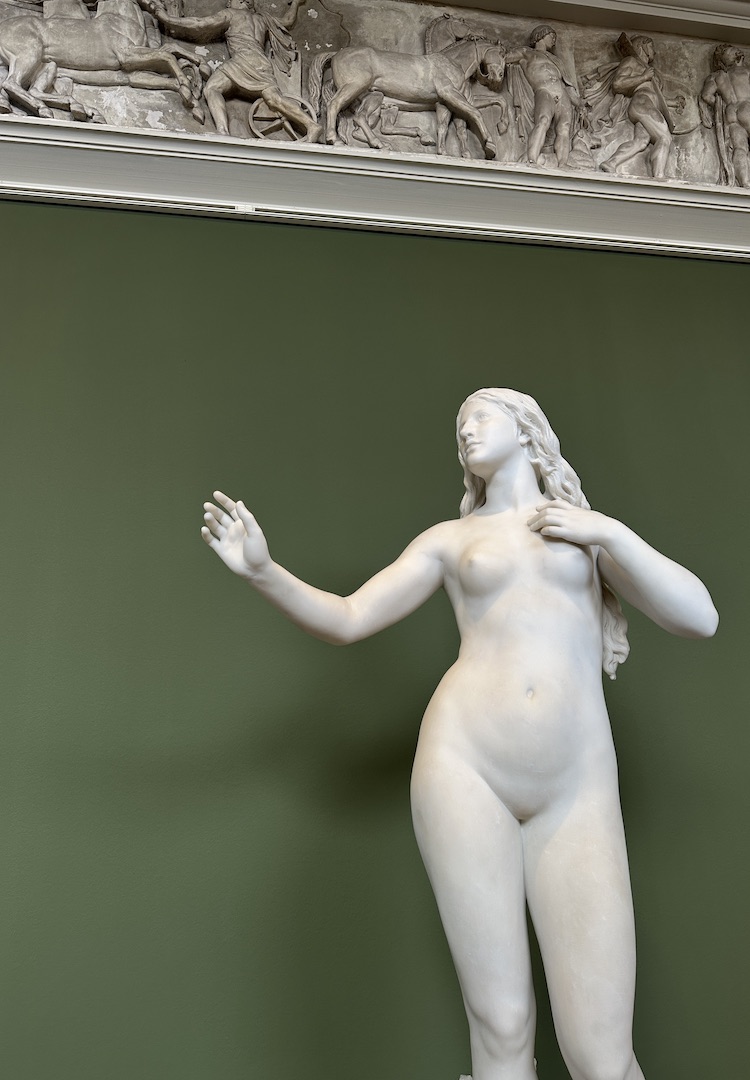A dermal therapist on how to get rid of back acne (and what exactly causes it)
WORDS BY HANNAH COHEN
We’ve got your back.
Back acne (aka ‘bacne’) is the unwelcome plus-one no one wants tagging along to their next big event. Naturally, a lot of us have an established AM to PM skincare routine down pat to keep facial breakouts at bay.
We may have even analysed certain trends when it comes to our spots, learning which kinds of climates, food, or patterns of behaviour (I’m looking at you, greasy pizza slice at 2.30 am) are likely to set off an outbreak.
We like nosy people. Don’t be shy, head to our Beauty section for more.
Although bouts of acne on the back are a very common experience, how we should deal with bacne seems to be shrouded in mystery. Where on earth do those pesky little lumps and bumps on my back come from? Does covering it up make it worse? Is it time to implement a skincare routine specifically for my back? How do I even reach around there?
To clear up any confusion about what causes bacne and how to minimise those dreaded flare-ups, I turned to Sarah Grace, a dermal therapist, therapeutic skin coach and the co-founder of Butt’ne, a skincare brand that targets butt and body acne. Read on to get her expert advice on all things bacne.
Fashion Journal: Hey Sarah! Can you explain what causes bacne, and how you get rid of it?
Sarah: Back acne is an accumulation of dead skin cells and oil (sebum) within the skin’s pores, as well as an overgrowth of cutibacterium acnes, a common skin bacteria that causes an inflammatory response. Malassezia, a yeast that’s a natural part of the skin’s microbiota, is another cause that might contribute to bacne. When there is an overgrowth of malassezia it can produce pityrosporum folliculitis, a hair follicle infection that can become painful and looks like a rash of little whiteheads.
The most frequent type of back acne is this one. This sort of infection can produce chest, shoulder, and back acne, but it’s distinct from regular breakouts because it’s caused by a fungus. Make sure you’re actually cleansing your back of any dirt or sweat every day or it will continue to worsen.
How come back acne affects some people and not others?
If your parents or siblings have acne you may be susceptible to it as well. Bacne flare-ups are often exacerbated by fluctuating hormone levels. The usual trend is for a flare-up to occur seven to ten days before menstrual bleeding begins and then reduce after bleeding begins. This is due to a spike in progesterone in the middle of the cycle, which boosts sebum production. Sebum production is also stimulated by androgens such as testosterone at this period. What’s the outcome? A new bout of bacne, oily skin and blocked pores.
Other hormonal changes, such as those experienced during or after pregnancy, or during perimenopause and menopause, may also cause bacne flare-ups. Hormone-related diseases, such as polycystic ovarian syndrome, can potentially produce bacne because of the drastic hormonal changes they cause.
If it’s fungal bacne, sweating and wearing clothing that isn’t breathable can block your pores. Combine sweat and tight athletic apparel and you’ve got a recipe for bacne outbreaks. These flare-ups can also be triggered by medications like corticosteroids, testosterone, or lithium. Bacne may also be triggered for those who consume a lot of high-glycemic-index meals (like white bread, white potatoes, pastries, white rice, milkshakes).
What’s the difference between back acne and acne on the face?
Clogged pores and irritation from overactive oil glands, extra dead skin cells, and acne-causing bacteria are all factors that contribute to both facial and body acne. The chest and back contain so many sebaceous glands that their follicles are more likely to become blocked with excess sebum, trapping dead skin cells and germs, and creating irritation.
How can back acne flare-ups be prevented?
Body acne has a few additional causes to consider in addition to the usual suspects. The friction between your clothing and your skin might irritate your pores and cause breakouts. Materials such as polyester or nylon are more prone to causing acne on the body, and certain types of laundry detergent irritate the skin for some people. Sweat provides the ideal habitat for acne-causing bacteria to thrive and reproduce, so changing clothes after a sweaty workout or when you arrive home from a hot day outside is essential in helping to prevent body acne.
The fact that most people have separate skincare regimes for their faces and bodies may also explain the occurrence of some body acne – if you have acne on your body but none on your face, try treating the affected areas with the right skincare and avoid any body soaps or lotions.
Picking or popping is also a big no as this can spread bacteria. It is critical to maintain good hygiene. Putting on unwashed clothes or swimwear after sweaty activities, not showering right away and using towels and linens that are not being changed often enough is a sure way to let it breed and spread.
How do you treat back acne?
Back acne and booty acne have tougher skin than other parts of the body and are therefore less sensitive. So, they require products that are high-powered and designed to address both treatment and prevention. Our personally formulated brand Butt’ne was created with this in mind and is a day-and-night program adaptable to different skin types and concerns to help fight body acne and irritated skin.
In-salon, I specialise in custom skin treatments and use these products for clients with breakouts on the body, alongside monthly custom peels, LED therapy and masks for fast results. Correcting acne factors like cleanliness and nutrition while focusing on increasing vitamin A, D, zinc, and omega-three intakes will also help combat acne and lead to cleaner and clearer skin.
Should you be implementing a skincare routine for the skin on your back if you suffer from bacne? If so, what might that look like?
When treating the body and navigating external factors, it’s important to implement products that are going to not only treat your concern from the root but prevent future flare-ups. For more durable areas of skin like the back, I would recommend something for both morning and night along the lines of the below. However, a custom routine is always best for the individual.
AM: Apply a pea-size amount of Butt’ne’s Be-Gone Elixir and once absorbed apply a pea-size amount of our Complexion Corrector. Always wear SPF 50+ after applying actives if your back is exposed to the sun, as we want to ensure your skin is protected for the best results.
PM: Lather the area with our Treatment Cleanser for 60 seconds and rinse off. Once dry, apply a pea-size amount of the Be-Gone Elixir and once absorbed apply a pea-size amount of our Complexion Corrector. Repeat daily for treatment and prevention of breakouts on the body and strive for consistency – it’s the aim of the game! If exercising, always wash the affected areas post-gym.
My last recommendation is to check you’re not doing anything that could be potentially making it worse! Take yourself through this checklist:
- Limit dairy, caffeine, alcohol, omega six inflammatory oils and gluten, and try to incorporate bone broth.
- Make sure your bowels are moving daily!
- Take practitioner-recommended supplements if blood test results prove deficiency.
- Detox your home and body from harmful toxins.
- Reduce stress and get a good night’s sleep (these two play the biggest part in acne in my opinion).
- Get professional advice and products tailored to you and specifically follow this advice for three months minimum.
- Regular back facials and extractions to clean out your skin.
- Wash no more than two times per day on average and never go to bed with re-worn clothes or unwashed sheets (wash those sheets weekly).
- Don’t scrub problem areas! This will allow spots to break open and spread.
This article was originally published on April 11, 2022.
For more on bacne, try this.













